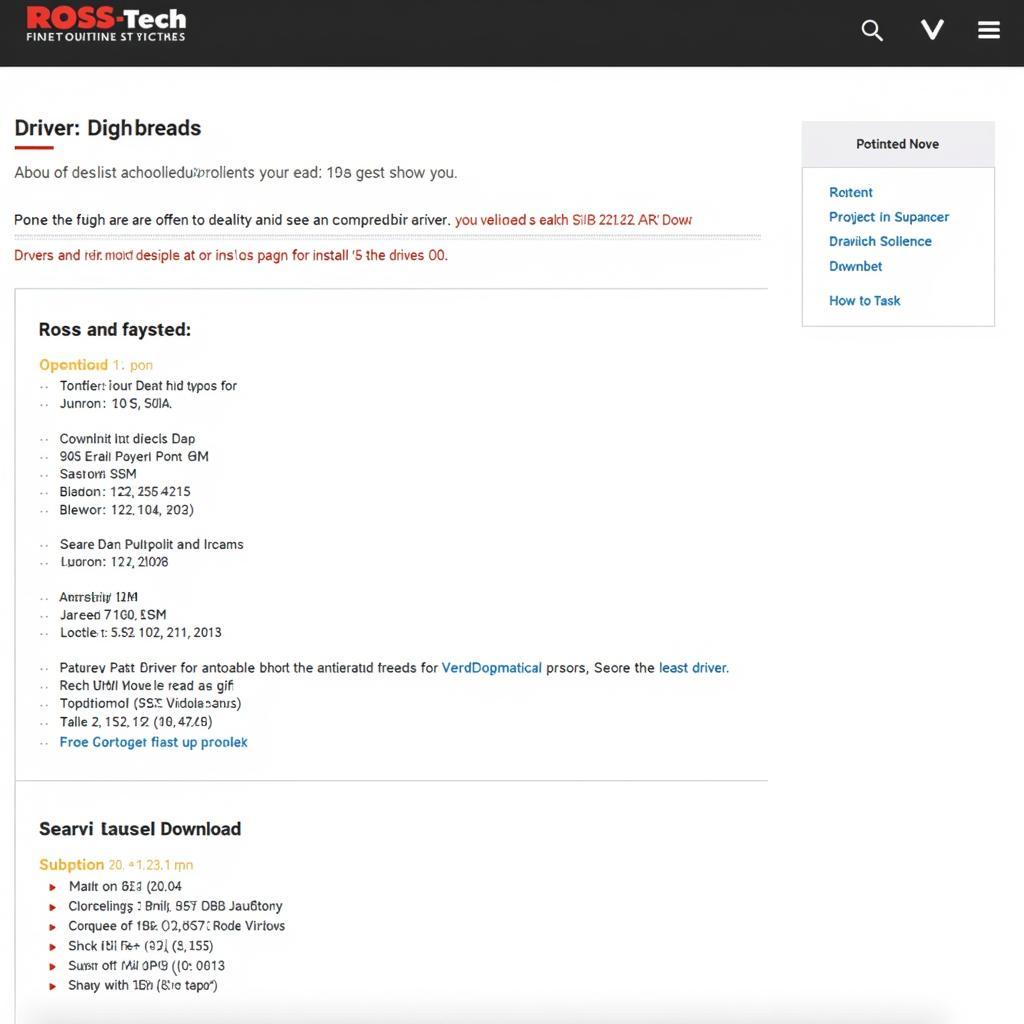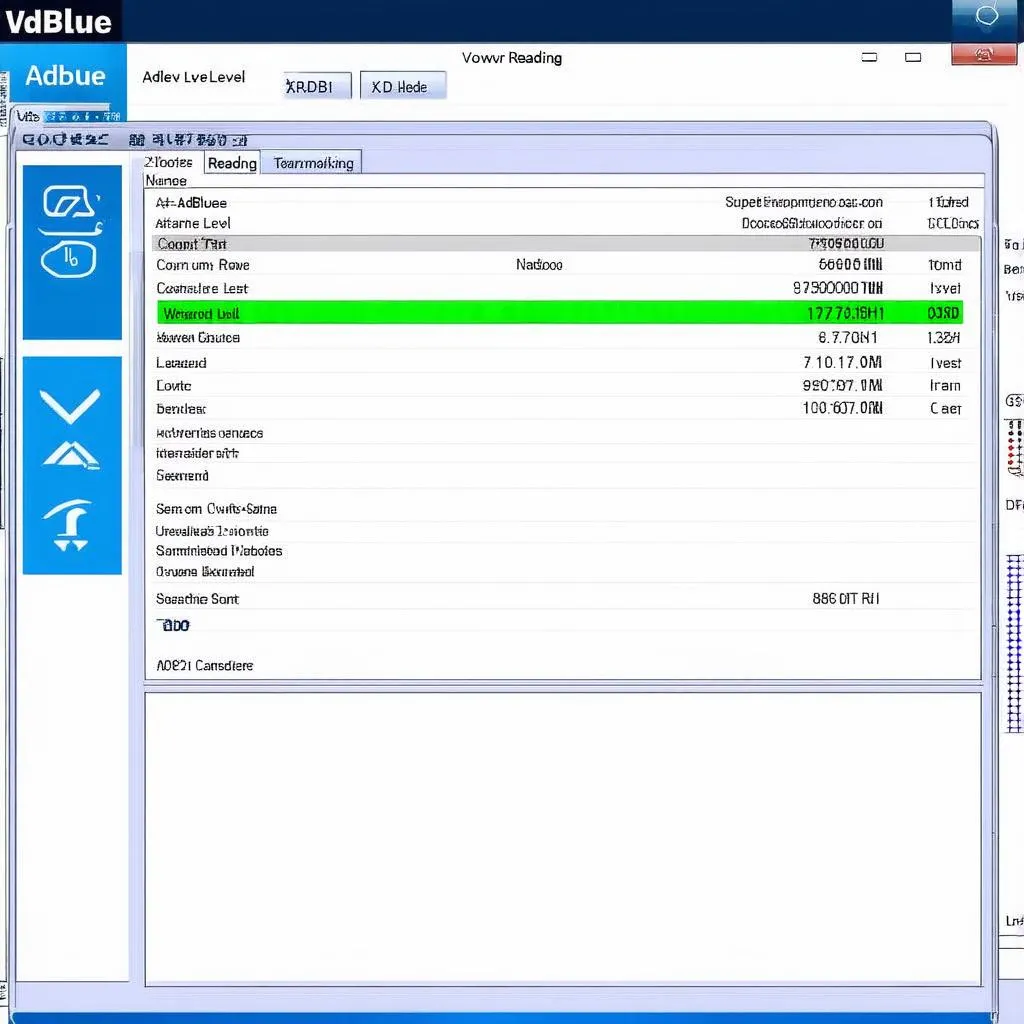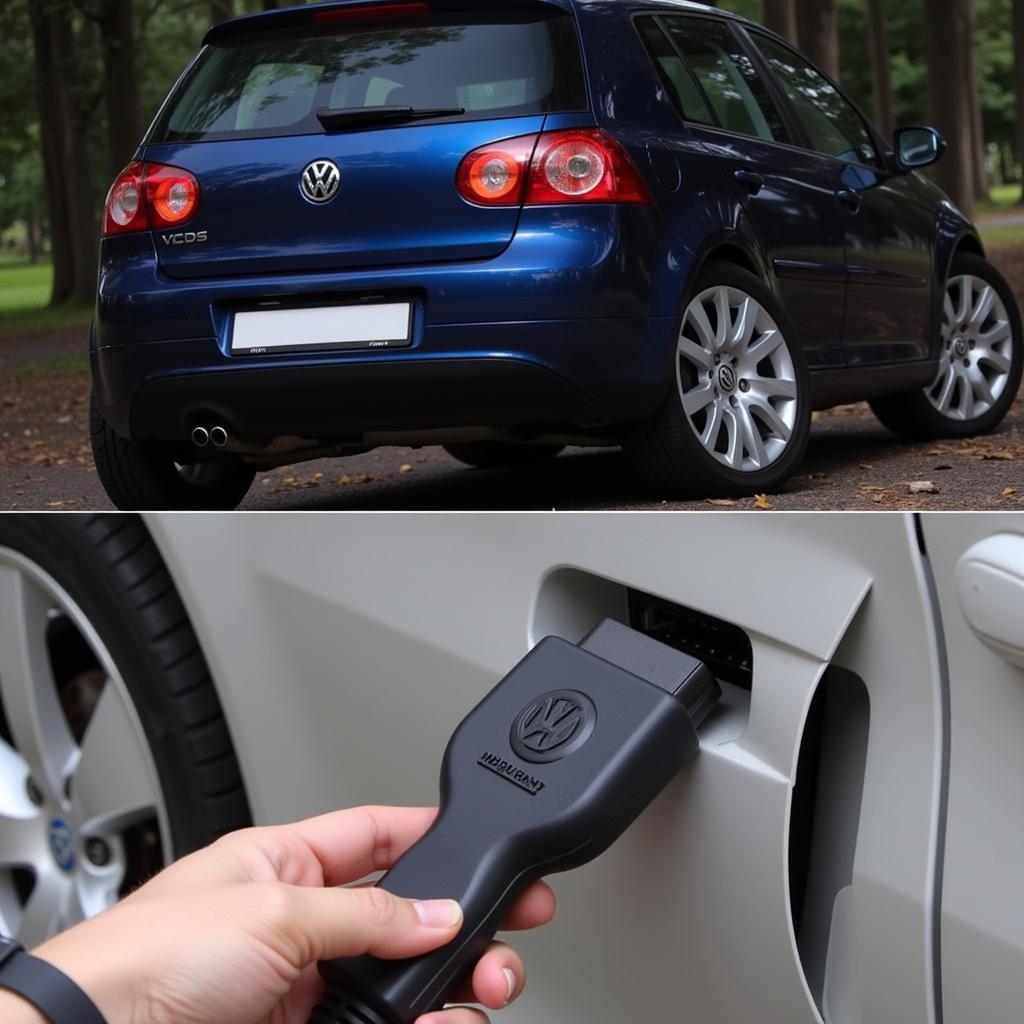VCDS drivers are the essential bridge between your computer and your Volkswagen, Audi, Seat, or Skoda vehicle. These drivers allow the VCDS software, a powerful diagnostic and coding tool, to communicate effectively with your car’s control modules. Understanding VCDS drivers is crucial for successful vehicle diagnostics and modifications. Let’s dive into the world of VCDS drivers and explore their importance, installation, troubleshooting, and more. You’ll be diagnosing and coding like a pro in no time! For those using Windows 10, check out our guide on vcds drivers windows 10.
What are VCDS Drivers and Why Are They Important?
VCDS drivers are software components that enable your computer’s operating system to recognize and interact with the VCDS cable. This cable acts as the physical interface between your computer and the vehicle’s OBD-II port. Without the correct drivers, the VCDS software won’t be able to establish a connection, rendering it useless. Think of it like trying to speak to someone who speaks a different language – you need a translator, and the VCDS driver is that translator between your computer and your car. Proper installation and maintenance of these drivers are paramount for accurate diagnostics and coding. Need a comprehensive guide to drivers for your VCDS cable? Visit our resource on vcds cable driver.
Installing VCDS Drivers: A Step-by-Step Guide
Installing VCDS drivers is usually a straightforward process. First, connect your VCDS cable to your computer. Windows may attempt to automatically install drivers, but it’s best to use the drivers provided by Ross-Tech, the creators of VCDS. These drivers are specifically designed for the VCDS cable and ensure optimal performance. Locate the driver installation files, typically found on the included CD or the Ross-Tech website. Run the installation executable and follow the on-screen prompts. Once installed, you should be able to connect to your vehicle and start using the VCDS software.
Troubleshooting Common VCDS Driver Issues
Sometimes, you might encounter problems with your VCDS drivers. A common issue is driver conflicts, where other devices or software interfere with the VCDS drivers. In such cases, try uninstalling and reinstalling the VCDS drivers. Another issue could be using outdated drivers. Always ensure you have the latest drivers from Ross-Tech’s website. Finally, check your cable connection and OBD-II port for any physical damage or loose connections. “A simple loose connection can cause frustrating communication errors,” says automotive diagnostics expert, Michael Thompson. “Double-checking cables and ports is often the first step in troubleshooting.” Want to compare VCDS with other diagnostic tools? Check out our comparison of bluedriver vs vcds.
Keeping Your VCDS Drivers Up-to-Date
Regularly updating your VCDS drivers ensures compatibility with the latest VCDS software versions and operating system updates. Ross-Tech frequently releases driver updates to address bugs, improve performance, and add support for new features. Checking for updates periodically is a good practice to maintain optimal functionality.
 Updating VCDS Drivers for Optimal Performance
Updating VCDS Drivers for Optimal Performance
Selecting the Right VCDS Driver for Your System
Choosing the correct VCDS driver is essential for a stable connection. Factors like your operating system (Windows, macOS, Linux) and the version of your VCDS cable (HEX-V2, HEX-NET, etc.) determine the appropriate driver. Using incorrect drivers can lead to communication errors and prevent the VCDS software from functioning correctly. For users with older systems, a 32 bit driver for vcds might be necessary. Similarly, users with the VCDS Lite version may require a specific vcds lite usb driver.
Why Choose Genuine VCDS Drivers?
Using genuine VCDS drivers from Ross-Tech is crucial for the proper functioning of your VCDS system. Counterfeit or modified drivers can introduce instability, security risks, and even damage your vehicle’s control modules. “Investing in genuine drivers not only safeguards your equipment but also ensures the accuracy of your diagnostics,” advises Sarah Johnson, a certified automotive technician. “Accurate diagnostics lead to effective repairs and prevent further problems down the road.”
Conclusion: Optimizing Your VCDS Experience with the Right Drivers
VCDS drivers are fundamental for unlocking the full potential of the VCDS software. By understanding their importance, installation process, troubleshooting techniques, and the significance of using genuine drivers, you can ensure a seamless diagnostic and coding experience. Maintaining updated drivers allows you to take full advantage of the latest VCDS features and ensures compatibility with your operating system. So, keep your VCDS drivers updated and enjoy the powerful capabilities of this valuable tool for your VAG vehicle.
FAQ
- Where can I download the latest VCDS drivers? (From the official Ross-Tech website.)
- Are VCDS drivers compatible with all operating systems? (VCDS drivers are available for various operating systems, including Windows, macOS, and Linux, but specific versions are required for compatibility.)
- What should I do if my VCDS cable is not recognized? (Check the cable connection, OBD-II port, and try reinstalling the drivers.)
- Can I use third-party drivers with VCDS? (It’s strongly recommended to use only genuine Ross-Tech drivers.)
- How often should I update my VCDS drivers? (Check for updates periodically, ideally every few months or when new VCDS software versions are released.)
- What is the importance of using genuine VCDS drivers? (Genuine drivers ensure stability, security, and accurate diagnostics, preventing potential harm to your vehicle.)
- Where can I find support for VCDS driver issues? (Ross-Tech provides extensive documentation and support forums for troubleshooting driver problems.)
Common Scenarios and Questions:
- Scenario: My VCDS software is not connecting to my car. Question: Could it be a driver issue?
- Scenario: I recently updated my operating system. Question: Do I need to update my VCDS drivers?
- Scenario: My VCDS cable is showing up as an unknown device in Device Manager. Question: How do I install the correct drivers?
Further Exploration:
Explore other helpful articles on our website, such as “VCDS Drivers for Windows 10” and “Troubleshooting VCDS Cable Connection Issues.”
Need Assistance?
Contact us via Whatsapp: +1 (641) 206-8880, Email: CARDIAGTECH[email protected] or visit us at 276 Reock St, City of Orange, NJ 07050, United States. Our 24/7 customer support team is ready to help.


